Für den nächsten langfristigen Haushaltsplan sollen in der Zeit von 2021 bis 2027 13 Mrd. € für den Europäischen Verteidigungsfonds bereitgestellt werden. Die wesentlichen Merkmale des Fonds sind:
- Finanzierung von Projekten, die die EU sicherer machen und die mit den Zielen des gemeinsamen Rahmens Sicherheit und Verteidigung übereinstimmen. Dieser Rahmen wurde mit den Mitgliedstaaten und anderen regionalen und internationalen Organisationen, wie z.B. der NATO, abgestimmt.
- Der Fonds soll nur gemeinschaftliche Projekte umfassen, an denen zumindest drei Teilnehmer aus drei Mitgliedstaaten mitwirken.
- Ko-Finanzierungen durch die EU soll sich auf Prototypen beschränken. Der Erwerb der finalen Produkte erfolgt durch die Mitgliedstaaten.
- Anreize für grenzüberschreitende Beteiligung von KMUs sollen durch höhere Finanzierungsraten, Bevorzugung von Konsortien mit KMU-Beteiligung und, falls notwendig, entsprechenden Ausschreibungen, gesetzt werden.
- 5 % des Fonds sollen für sog. “disruptive Technologie” und “innovative Ausstattung” ausgegeben werden.
- Permanent Structured Cooperation (PESCO) Projekte können mit einer zusätzlichen Finanzierung von bis zu 10 % kofinanziert werden.
Die vollständige Pressemitteilung ist nur in englischer Sprache verfügbar:
EU budget: Stepping up the EU’s role as a security and defence provider
For the next long-term EU budget 2021-2027, the Commission is proposing to increase the EU’s strategic autonomy, bolster the EU’s ability to protect its citizens and make the EU a stronger global actor.
A €13 billion European Defence Fund will provide the financial firepower for cross-border investments in state-of-the-art and fully interoperable technology and equipment in areas such as encrypted software and drone technology. In addition, the High Representative, with the support of the Commission, is proposing today a new €10.5 billion European Peace Facility, an instrument outside of the EU’s long-term budget, which will help improve the EU’s ability to prevent conflicts, build peace and guarantee international security.
Jyrki Katainen,Vice-President in charge of Jobs, Growth, Investment and Competitiveness, said:
„What we are proposing will help the EU take its destiny into its own hands. We are taking greater ownership in defending and protecting our citizens. For the first time in the history of the European Union, a part of the European budget is devoted to investing collectively to develop new technologies and equipment to protect our people. The European Defence Fund is a true European tool to encourage joint investments and amplify Member States‘ efforts in defence.”
Elżbieta Bieńkowska, Commissioner for the Internal Market, Industry, Entrepreneurship and SMEs, added:
„The European Defence Fund is a game changer for defence cooperation in Europe. Based on the first initiatives tested these last two years, we are now scaling it up into an ambitious European instrument to support collaborative defence projects throughout their entire development cycle. The €13 billion Fund shows that this Commission is serious about building a Europe that defends and protects its citizens.”
The European Defence Fund
The new €13 billion European Defence Fund will provide €4.1 billion to directly finance competitive and collaborative research projects, in particular through grants. Beyond the research phase, €8.9 billion will be available to complement Member States‘ investment by co-financing the costs for prototype development and the ensuing certification and testing requirements. The Fund will place the EU among the top 4 defence research and technology investors in Europe, and act as a catalyst for an innovative and competitive industrial and scientific base.
The main features of the European Defence Fund are:
- Financing of projects which help make the EU safer and which correspond to priorities agreed by Member States within the framework of the Common Security and Defence Policy and other regional and international organisations such as NATO
- Only collaborative projects involving at least 3 participants from 3 Member States are eligible
- The EU will only co-fund the development of common prototypes where Member States commit to buying the final product
- Cross-border participation of SMEs and mid-caps is strongly incentivised by providing higher financing rates, favouring projects by consortia which include SMEs and, if necessary, launching dedicated calls for proposals
- Targeting breakthrough innovation, with 5% of the funds dedicated to disruptive technology and innovative equipment allowing the EU to boost its long-term technological leadership
- Permanent Structured Cooperation (PESCO) projects may, if eligible, receive an additional co-financing bonus of 10%, but funding is not automatic
The European Peace Facility
The High Representative, with the support of the Commission, is proposing with the European Peace Facility a new off-budget fund worth €10.5 billion that will draw together existing off-budget mechanisms devoted to security and defence to overcome existing gaps and limitations. It will increase the effectiveness of financing for Common Security and Defence Policy (CSDP) military missions and operations. It will facilitate the EU’s contributions to peace operations led by partners and it will broaden the scope of the military and defence support the EU can offer. It will cover expenditure that cannot be financed under the EU’s budget because of its military and defence implications.
Next steps
A swift agreement on the overall long-term EU budget and its sectoral proposals is essential to ensure that EU funds start delivering results on the ground as soon as possible.
Delays similar to those experienced at the beginning of the current 2014-2020 budgetary period would mean that calls for proposals for collaborative projects in areas such as metamaterials, encrypted software, drone technology or satellite communication would have to be delayed.
An agreement on the next long-term budget in 2019 would provide for a seamless transition between the current long-term budget (2014-2020) and the new one and would ensure predictability and continuity of funding to the benefit of all.
After obtaining the Commission’s support, the High Representative will present the proposal for a European Peace Facility to the Council, who will need to take a decision on it by unanimity.
Background
In his political guidelines in June 2014, President Juncker made strengthening European citizens‘ security a priority. He announced the creation of a European Defence Fund in his 2016 State of the Union address.
The Commission presented the first version of the European Defence Fund in June 2017, which has allowed defence cooperation at EU level to be tested by means of the Preparatory Action on Defence Research (PADR) for 2017-2019 and the European Defence Industrial Development Programme (EDIDP) for 2019-2020.
Today’s proposal on the European Defence Fund delivers on the commitment made in June 2017 to scale up initial funding in the period up to 2020 with a more substantial Fund.
The European Defence Fund will complement other EU programmes, in particular the budget of €6.5 billion earmarked for the Connecting Europe Facility to enhance the EU’s strategic transport infrastructures to make them fit for military mobility, and the new €100 billion research and innovation programme Horizon Europe.
Quelle: EU-Kommission
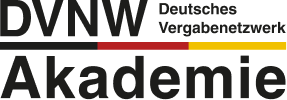






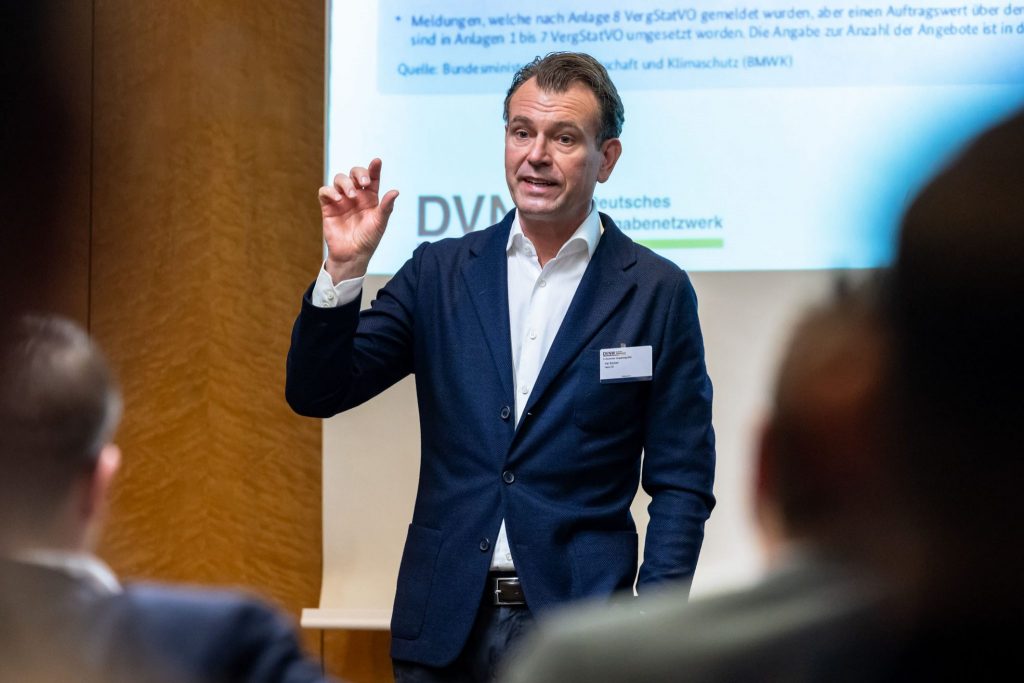
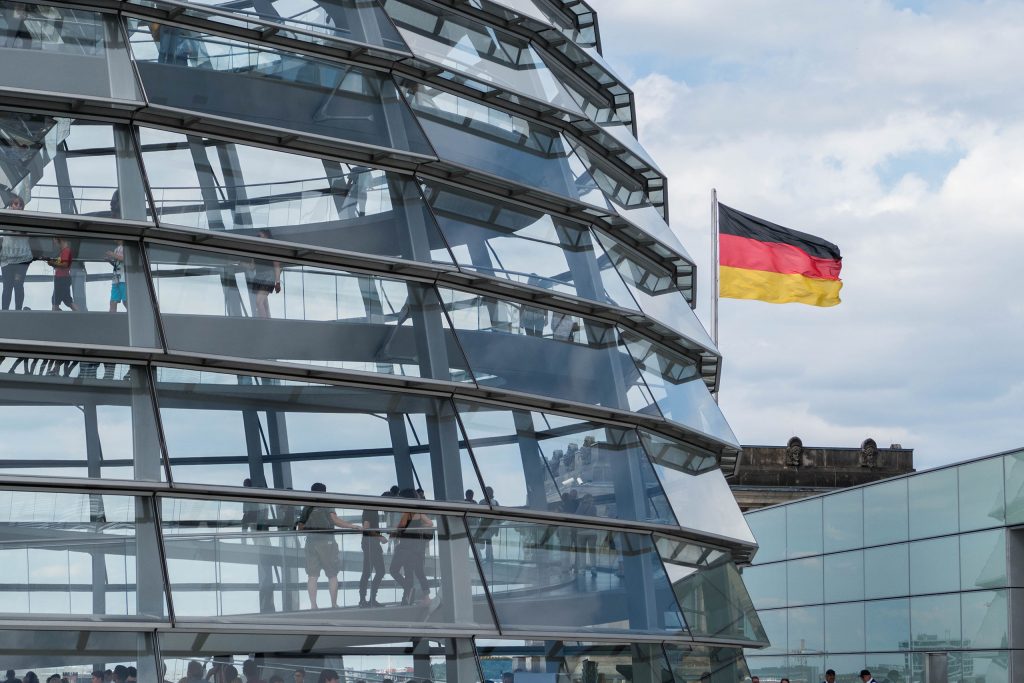
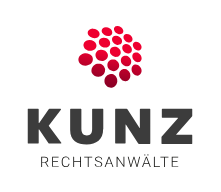
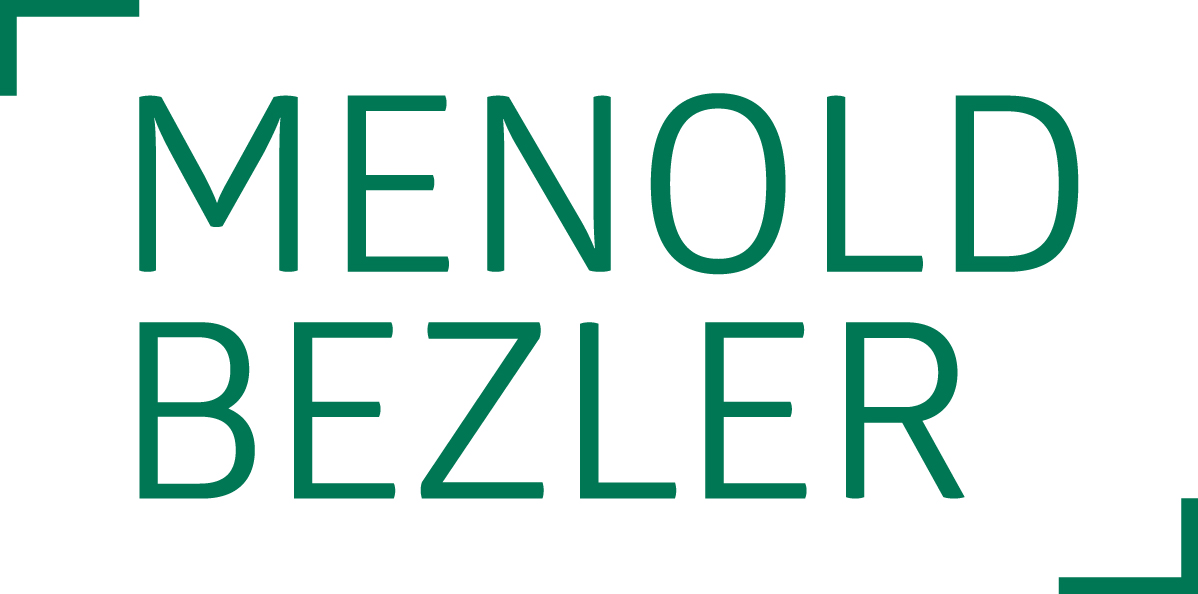

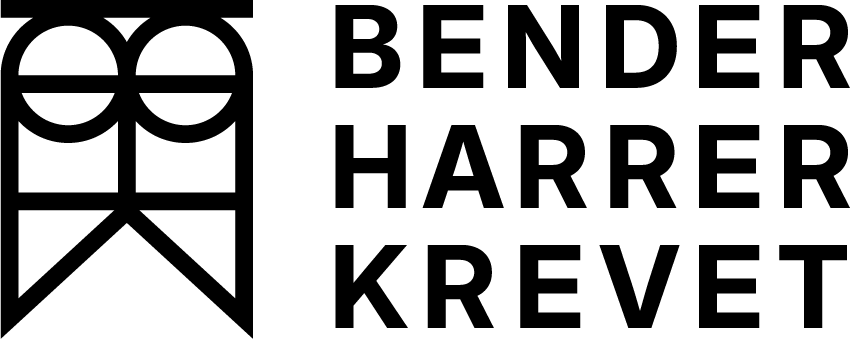

Schreibe einen Kommentar